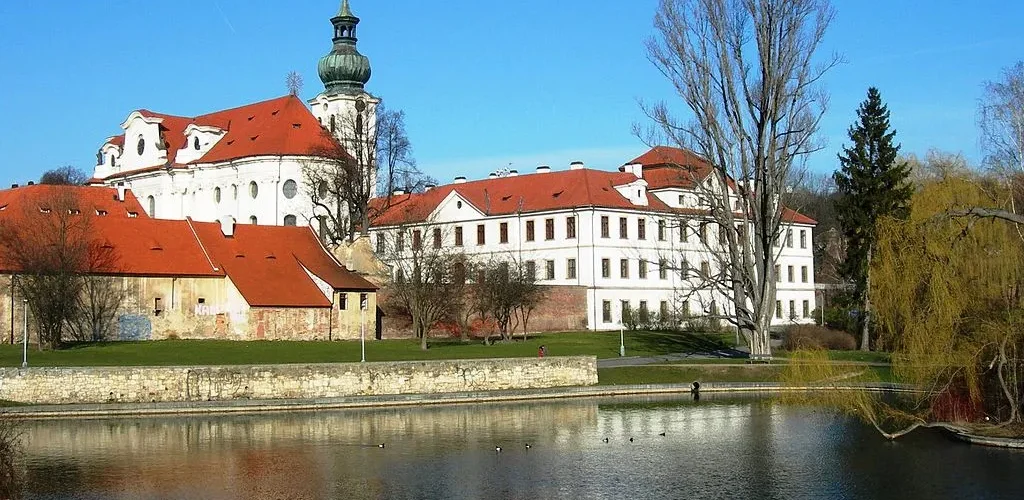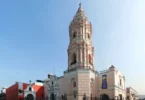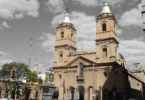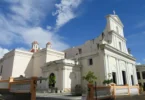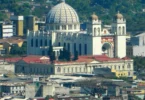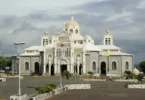Introduction
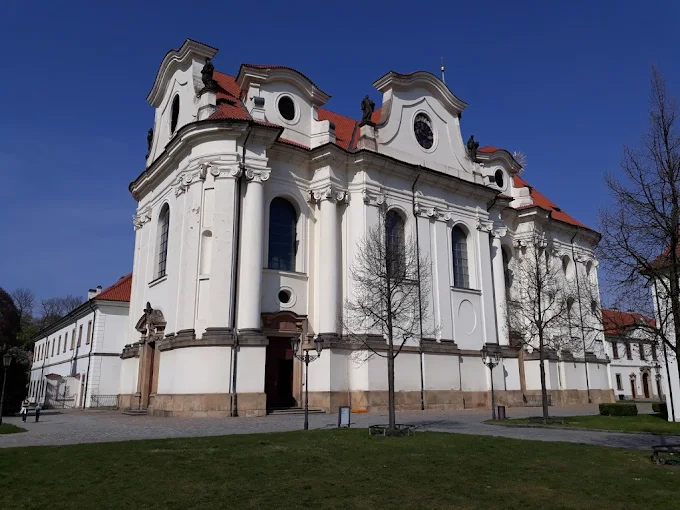
Brevnov Monastery (full name Benedictine Archabbey of St. Adalbert and St. Margaret in Prague-Břevnov) is the oldest Czech male monastery, located in the Prague district of Brevnov. It was founded in 993 by Prince Boleslav II and Bishop Adalbert of Prague. Since its inception, it has housed a community of Benedictines who came here from the Lower Bavarian monastery of Niederaltaich. On the occasion of the 1000th anniversary of the monastery’s founding in 1993, Pope John Paul II elevated Brevnov Abbey to an archabbey. The monastery as a whole, with the Basilica of St. Margaret and other buildings in the monastery garden, is protected as a national cultural monument of the Czech Republic. The monastery is considered the oldest documented place of brewing beer in the entire Czech Republic, this tradition is continued by the Brevnov Monastery Brewery.
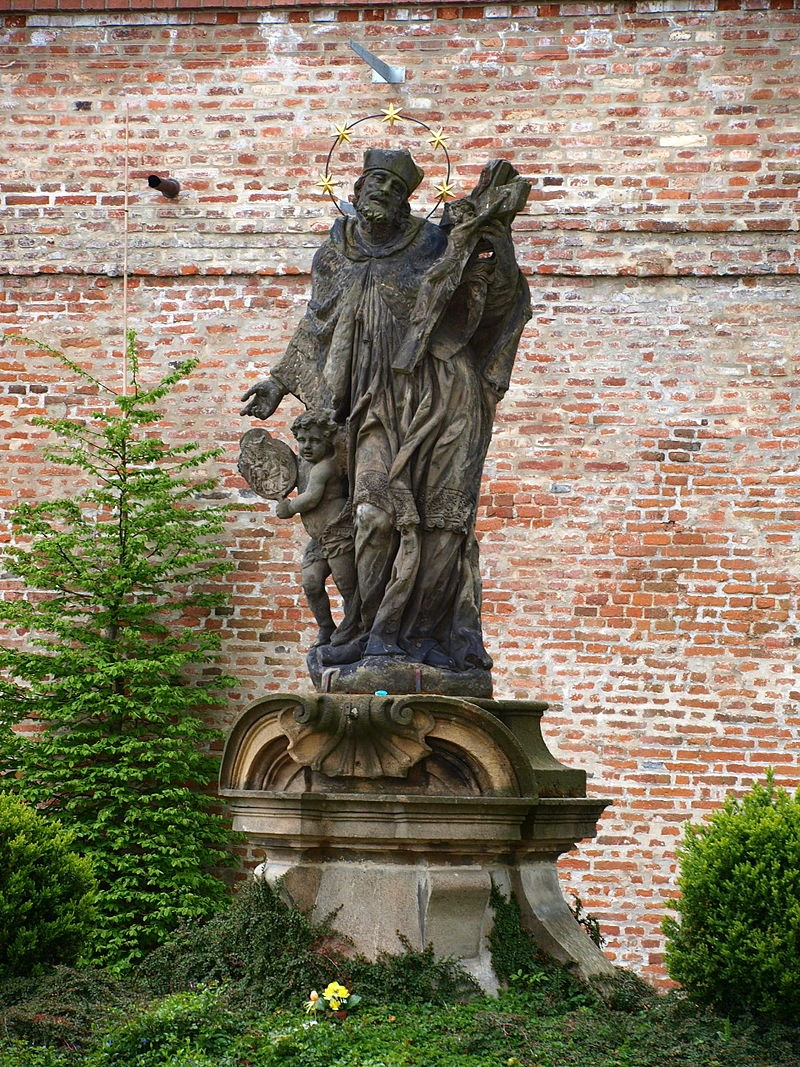
According to legend, the monastery was founded at the source of the Brusnice stream, where Bishop Adalbert allegedly met Prince Boleslav while hunting. Bishop Adalbert of Prague came into contact with the monks of the Order of Saint Benedict during his exile in Italy, where he also stayed in the oldest Western monastery on Monte Cassino. He took monastic vows in the Greco-Latin Benedictine monastery of Saints Alexius and Boniface on the Aventine in Rome on April 17, 990. When he returned to his homeland, the bishop brought with him twelve brothers from this monastery, who then formed the first monastic community of the newly built monastery. The (apparently provisional) monastery building was consecrated on 14 January 993 (according to a 13th-century forgery), only shortly after the bishop’s return to his homeland, making Břevnov Monastery the oldest male monastery in the Czech lands; Pope John XV confirmed its foundation in May of that year. The relationship between the Břevnov Monastery and the Roman home monastery of the monks is best illustrated by the original consecration of the Břevnov Monastery “in honor of the Mother of God, Saint Benedict and Saints Boniface and Alexius”. The monastery then took its name from the adjacent village of Brevnová.
The founder of the monastery was the Bohemian prince Boleslav II. And the construction must have begun before 993, for example, the chronicler Přibík Pulkava of Radenín considers the year of the monastery’s foundation to be 992.In Ostrov u Davle, the same prince established a second Benedictine monastery six years later. The first abbot of the new monastery was a certain Anastasius, also mentioned as Astrik. In the mid-11th century, Abbot Meinhard built the Romanesque basilica of St. Benedict and Adalbert in Brevnov and founded the monastery in Rajhrad u Brna. At the beginning of the 14th century, Abbot Bavor of Nečtiny (1289/1290–1332) rebuilt the monastery and the church, which has since been dedicated to St. Margaret and established the Broumov monastery. A number of outstanding monks lived in the monastery, such as Jan of Holesov, who was probably the first to use diacritical spelling. In 1420 the monastery was destroyed by the Táborites. The monks who survived went to Broumov . The monastery was restored only in the mid-16th century, and at the end of the 17th century, under the abbot Tomáš Sartori , the present-day Old Convent was founded (in honor of the important restorer of the monastery, Sartoriova Street was named after him). The current construction was started in 1708 by Abbot Otmar Zinke and entrusted to the best artists of his time. According to Krytof Dientzenhofer’s plans, the basilica is a high Baroque building that looks like a hall and has a long chancel. The basilica was dedicated in 1715, and the entire structure was built until 1740. During the Prussian siege of Prague in 1757, the church served as a stable and infirmary. The abbot of Břevnov, František Štěpán Rautenstrauch (1734–1785), was significantly involved in the reforms of universities, legal and priestly education , and so the monastery was not abolished during the reforms of Emperor Joseph II . In the following period, however, it rather declined, until in the 1930s it was reformed by monks from Chevetogne, Belgium. After that, Anastaz Opasek became the prior and, beginning in 1947, the abbot. He was taken into custody in 1950 and spent a significant amount of time in jail. In 1951, the monastery was closed and the monks were expelled. Until 1990 it housed the Archives of the Ministry of the Interior. The so-called small or Sartori convent was used by the StB under the code name “Assembly Institute”.After the return of Abbot Opasek, the monastery and church were thoroughly repaired in 1991–1993 with great support from foreign, especially German, monasteries and were elevated to an archabbey. In 1997, Pope John Paul II visited it. Currently (2025) there are 9 monks living in the monastery.
Architecture of Basilica of St. Margaret Archabbey of Sts. Adalbert and Margaret, Prague, Czechia
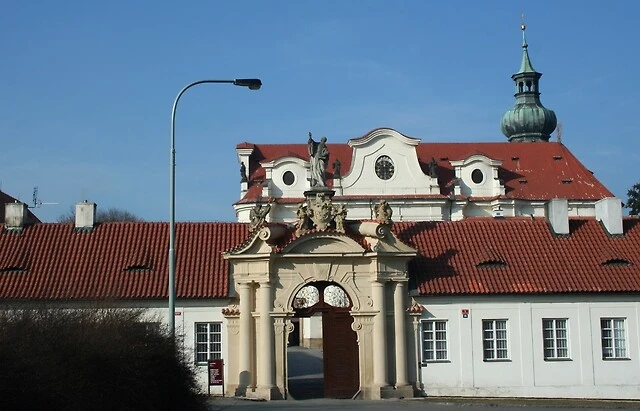
Architect: Kilian Ignaz Dientzenhofer
Architectural style: Baroque architecture
Burials: Gunther of Bohemia
Most of the buildings you see today at the monastery like the Church of St.Margaret, the new convent, and the prelature were built between 1708 and 1740. They were put up on older foundations and designed by an architect named Kryštof Dientzenhofer, who also oversaw the whole construction. Back then, the main entrance to the monastery was a bit different, but now streets like Bělohorská and Patočková cut right through the area. When Patočková street was made in the early 1950s, some buildings like the monastery’s brewery and malt house, along with the outer wall, had to be torn down. Above the monastery’s entrance gate, there’s a statue of St. Benedict, and in the northwest corner of the courtyard, you’ll find a statue of St. John the Nephilim. These were both made by a sculptor named Karel Josef Hiernle. Other statues on the building’s facade come from Matěj Václav Jäckel’s workshop.
Church of St. Margaret
The church dedicated to Saint Margaret of Antioch was built in 1708–1715. Its undulating facade corresponds to the formation of the mass of architecture on the principle of intersecting ellipsoids . On the attic there are statues of the order’s saints by Matěj Václav Jäckl and on the south wall a copy of the tombstone of the blessed Vintíř set in Baroque illusory painting.
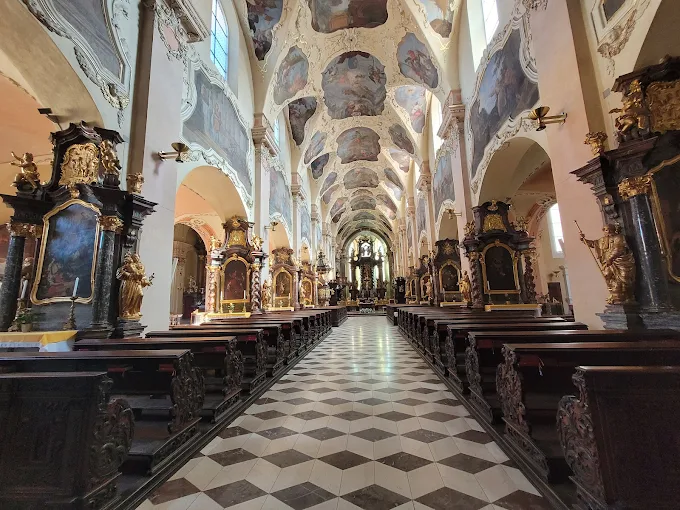
Church interior
The interior and decoration of the church were designed by Christopher’s son Kilián Ignác Dientzenhofer . St. Peter, the church’s patron saint, is depicted in a gilded wooden statue on the main altar. Margaret , by the Lusatian sculptor Matěj Václav Jäckel , is set in a niche. The altar mensa facing the people was designed by the sculptor and restorer Karel Stádník. In the choir there are two rows of Baroque monastic benches, the so-called stalls, with carved figures of Benedictine patrons in the extension. An image of the patron saint of the Benedictines holding the infant Jesus can be found on the late Baroque altar of Our Lady of the Benedictine on the south side. A glazed Rococo reliquary with the shoulder bone of St. Margaret of Antioch, who was revered as the patron saint of rain and good harvests, is set in the predella of the same altar; a pilgrimage with a procession was held here every year on July 14. The silver Gothic plenarium of Saint Margaret is stored in a vault.
Seven substantial works by Petr Brandl, created between 1715 and 1719, are displayed on the false painted side altars in the nave. On the north (left) side, towards the entrance, are the paintings The Death of St. Wenceslas, The Crucifixion and The Meeting of St. Adalbert with Prince Boleslav II at the Well . On the south side, the Transfer of the Relics of St. The Death of St. Otmar Benedict among the Monks and on the third altar, two paintings above each other: St. Procopius and The Death of the Hermit Vintíř (with the participation of Prince Břetislav I and Bishop Šebíř). The frescoes on the vault were painted by Jan Jakub Stevens. On the choir is a valuable Baroque organ prospectus with figurative woodcuts of playing angels from 1724. A new organ machine was installed in the old case in 2010. On the southern wall of the church choir is an early Gothic stone tombstone of the blessed Šumava hermit and diplomat Vintíř, who died in 1045 and was revered as the patron saint of the Czech and Bavarian Benedictines.
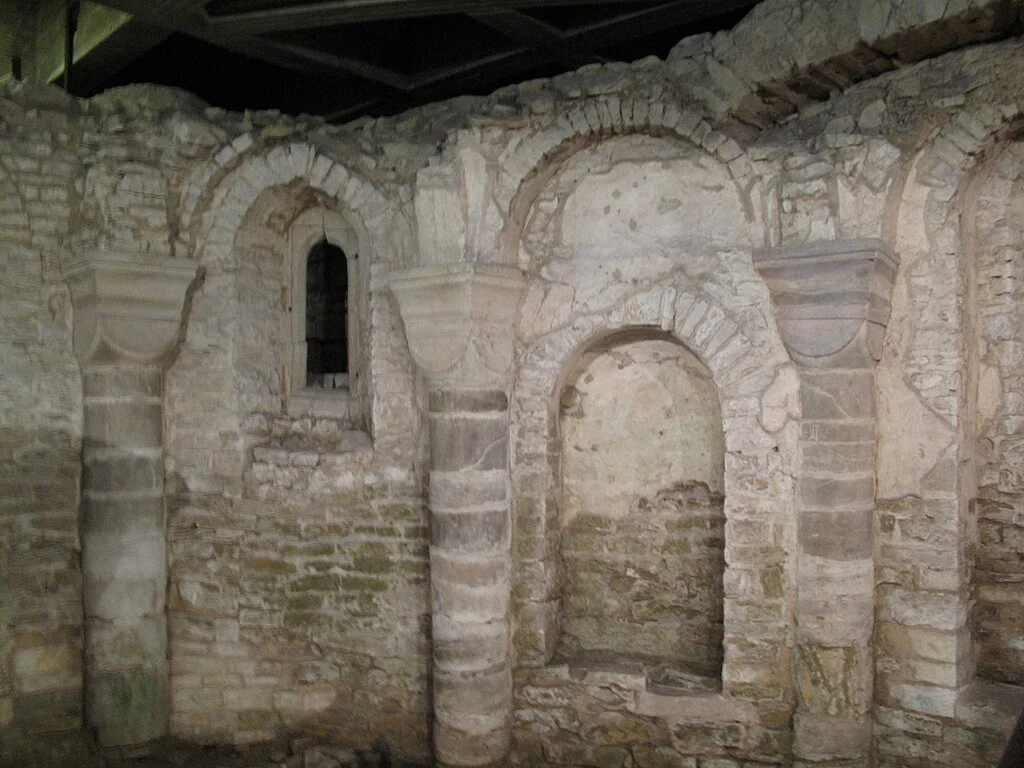
Crypt
A portion of the marl ashlar masonry with half-columns and the floor of the crypt of a three-nave Romanesque basilica from the middle of the 11th century were discovered under the choir of the church during an archaeological survey that took place between 1965 and 1968.
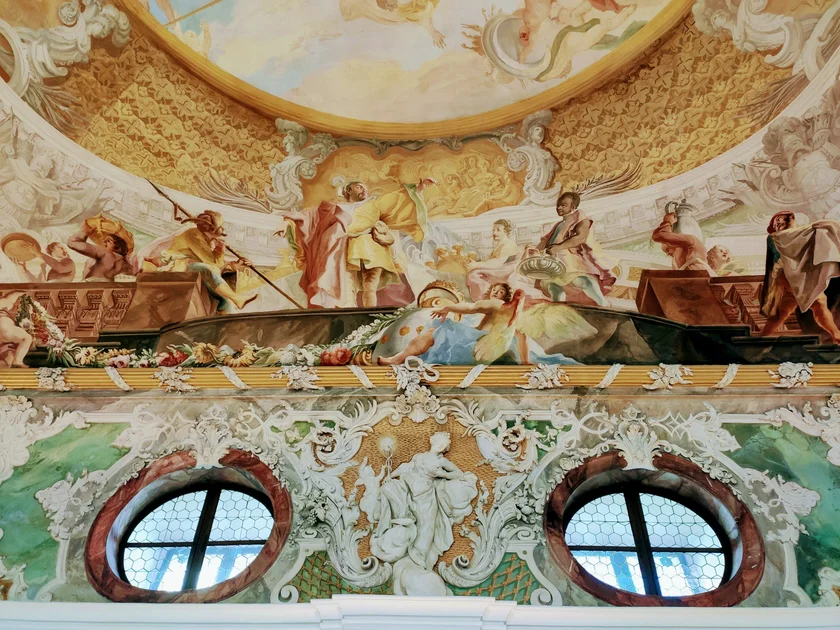
The convent and the prelature
The two-storey convent, which adjoins the church on the north side, was built in 1709–1719 under the leadership of Kryštof Dientzenhofer. It has a uniform architectural design and three inner courtyards. A wing with a summer refectory on the ground floor and a library on the first floor extends from the northern wing towards the garden. The halls, cloisters and corridors are decorated with stucco and frescoes by various artists from the first half of the 18th century. Around the eastern courtyard, which does not belong to the cloister, there are the prelature rooms (the abbot’s seat ) on the first floor. The representative halls are decorated with frescoes, the largest and most famous being the Theresian Hall in the risalit of the eastern wing, which protrudes above the roofs of the other buildings. The ceiling fresco in the Theresian Hall was created in 1727–1728 by the Asam brothers, Kosma Damián and Egid Quirin, and depicts the legend of the “Miracle of Saint Vintír”. The hermit, invited to a feast during Lent, did not want to eat meat and did not want to offend the host. However, the roasted peacock came to life and flew off the table. The library with its original bookcases and a rich collection of old prints is also valuable. The old convent, of which the so-called Sartorius wing (opposite the church to the south) remained after the reconstruction, was built by Abbot Tomáš Sartorius in the 1660s. After their arrival in 1990–1992, it served as a convent for the Benedictine community led by Abbot Anastaz Opasek , and today it is adapted into the Adalbert Hotel. The complex of farm buildings includes a former granary, administrative buildings and a sheepfold, which now serves as a monastery tavern.
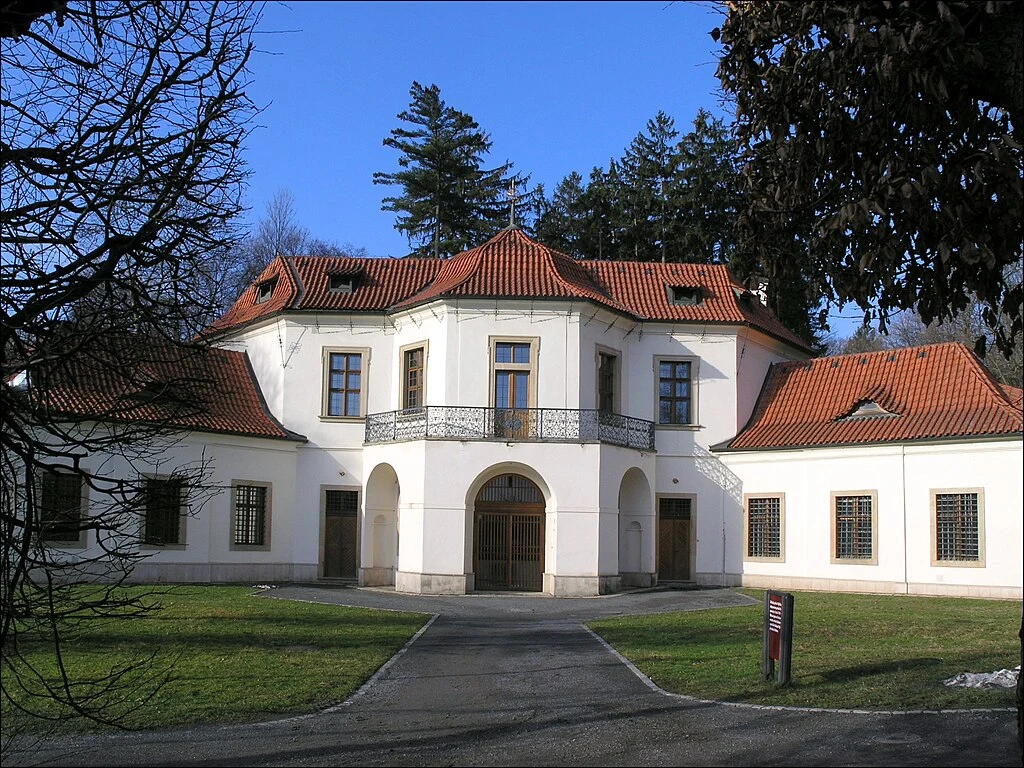
Gardens
The gardens around the monastery are mostly Baroque style and were built in the early 1700s. There’s a fancy orangery, an orchard, a hornbeam arbor, and even two ponds. Back then, the garden was much bigger, but some of it got taken over by housing later on. Down in the lower part of the garden, you’ll find a Baroque pavilion called Vojtěšek. That’s where the Brusnice stream springs from, and above the spring there’s an old Gothic cross vault the only bit left from the old Gothic monastery. There’s also a little building called Josefka and a chapel named Lazarka. Plus, some Baroque galleries run through the garden they were used to bring water to the monastery. The whole area has terraces, fountains, and staircases. The garden got a big makeover between 2010 and 2013, and the old orangery now hosts exhibitions. Up in the orchard, they’re replacing a lot of old fruit trees with new ones actually, more than a thousand trees are set to be cut down. The orchard is close to an old monastery windmill and some dormitories named “Na Větrníku” after it.
Cemetery
The Břevnov Cemetery, which is right near the monastery, is where a lot of well-known people are buried. Folks like the philosopher Jan Patočka and the singer Karel Kryl have their final resting place there. The church itself has hosted some pretty big funerals over the years like for Professor Jan Sokol. They also had a requiem mass there for Jaroslav Seifert back in 1986, though he was buried in Kralupy nad Vltavou. And even Václav Kočka Jr., the businessman who stirred up a lot of headlines, had a service there in 2008 before being buried in Řepy.
Interesting facts
Abbot Tomáš Sartorius yeah, the same one who had that wing of the convent built was actually the one who paid for the 24th chapel on the old pilgrimage route from Prague to Stará Boleslav. That whole line of chapels was built by the Jesuits between 1674 and 1690. At the top corner of the little niche in that chapel, you can still see Sartorius’s name and his coat of arms carved in.
Feast Day
Feast Day
Feast Day : April 23 – St. Adalbert of Prague
July 20 – St. Margaret of Antioch
The Basilica of St. Margaret at the Břevnov Archabbey in Prague celebrates two main feast days. The first is April 23, honoring St. Adalbert of Prague, one of the Czech Republic’s most important saints. The second is July 20, dedicated to St. Margaret of Antioch, the church’s patron and traditionally seen as a protector of women, harvests, and rain. Both dates are tied closely to the monastery’s spiritual history.
Church Mass Timing
Monday to Saturday : 7:00 AM, 06:00 PM
Sunday : 7:30 AM, 9:00 AM 06:00 PM
Church Opening Time:
Monday to Sunday : 6:45 am – 8:00 pm.
Contact Info
Address : Brevnov Monastery
Markétská 1/28, 169 00 Praha 6-Břevnov, Czechia.
Phone : +420 220 406 111
Accommodations
Connectivities
Airway
Basilica of St. Margaret Archabbey of Sts. Adalbert and Margaret, Prague, Czechia, to Václav Havel Airport Prague (PRG), distance 21 min (9.5 km) via Route 7.
Railway
Basilica of St. Margaret Archabbey of Sts. Adalbert and Margaret, Prague, Czechia, to Praha-Cibulka Na Výši Railway Station, distance between 14 min (5.0 km) via Kukulova and Plzeňská.

